Don’t blame the Translator .. blame it on the boogie!
How many times have you used a software or play a video game and you think?? WTF? How comes this is possible? A text translated like that????
Localization industry is much more complex that what many people think, we (localizers community) know that; and it makes sense to me that people not familiar with this industry just blame on the translators when it comes to a “weird” translation. But, how many people when they see one of these translations stop to think .. .”wait a minute, what if the problem is not the translation but the original text?”
I review localised texts quite often … and sometimes when I receive the English texts and I prepare the localization kit with instructions I think quite often “poor translator, how on earth they are going to translate this crazy what’s new text?” or “what kind of trick they will be able to apply to fit these English words in that small text box?”
Some of the most well-known "weird" English texts in video games

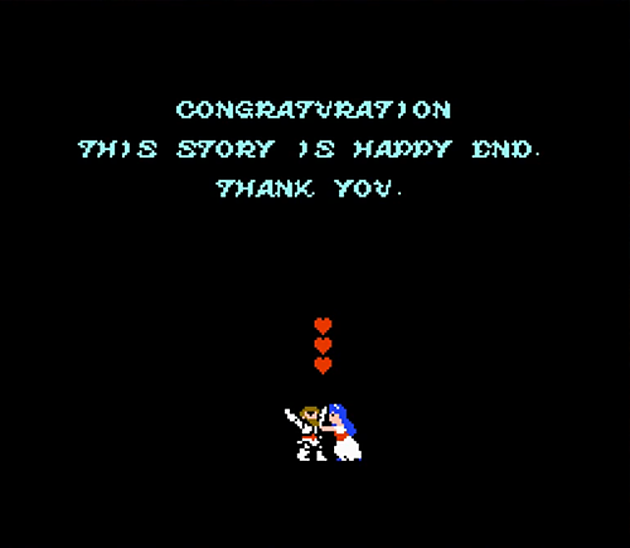
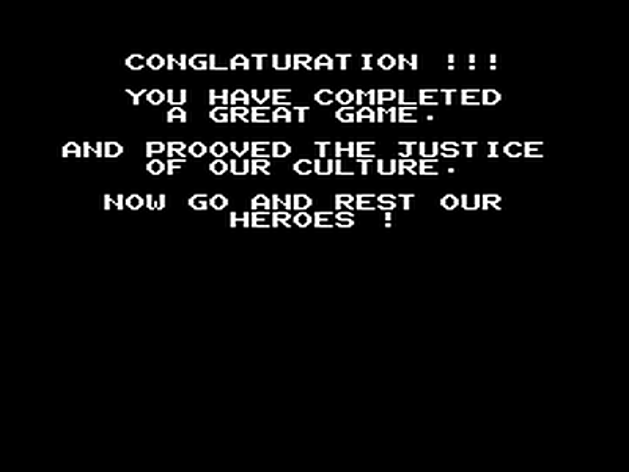
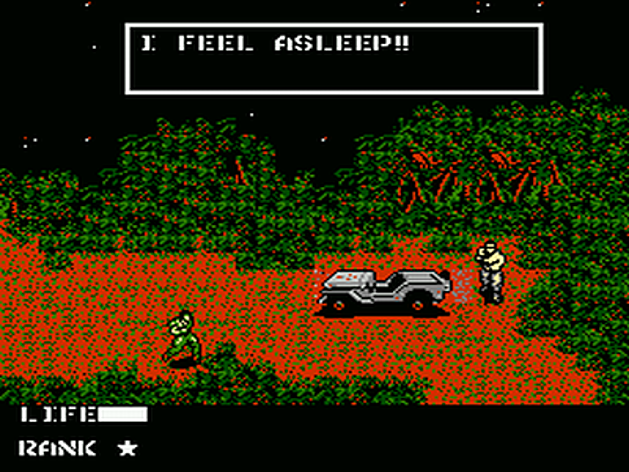
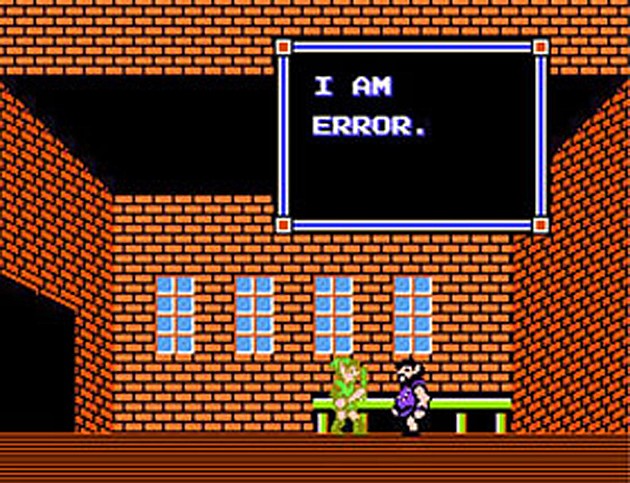




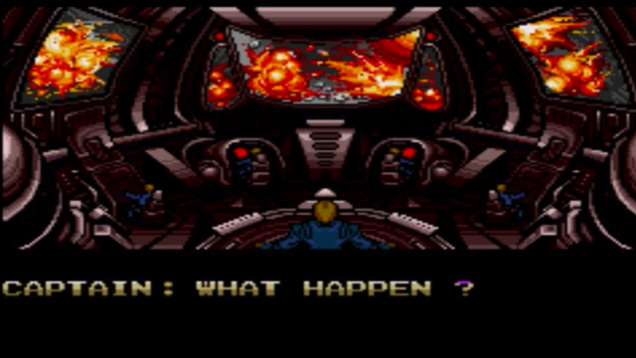





When we see a poor translation, we think automatically in the messenger, I guess it’s easier to kill the messenger. But what if the problem is the English? Today in my post I’ll share 7 advices about how to minimize these errors. There are several steps that we can follow to help translators to do their job. Simple English means easier Localization and less mistakes.
1. Begin with the end of mind.
This is valid not only as a second habit of Steven Covey but also it can be applied to Localization. When writing in English it helps to avoid slang or very casual expressions. Those ones might be very tricky to translate, and even worst they might be offensive in some countries. It’s better to stick to simple English. When we use slang in English a word-word translation won’t work, and creative translation (transcreation might be not the right approach in all situations.
2. Prepare your content for text expansion
When writing in English prepare for text expansion. Avoid long sentences, when we can choose fewer words to express the same meaning we are setting the foundations to avoid UI issues. Let’s keep the sentences as short as possible. The rule of thumb is not more than 24 words.
3. Follow your own style guide in English
If we have a copywriter in our team (or someone else team, sometimes copywriter in certain industries are embedded in production (i.e game teams) generally speaking we would not have many problems to be consistent with the style. It will be standard and unique; unless we have as copywriter Gollum from Lord of the Rings chances that our content is consistent using just one person are pretty high. However sometimes we have different persons creating the English content. In those cases, it’s easier to perceive that the tone/style is not consistent. This definitely would be a huge headache for the translator and s/he will not be totally sure, if the style needs to be formal, less informal, naïve, provoking…. Following our own English style guide will increase the overall perception of consistency when it comes to Localization.
4. Ensure glossary is followed.
Normally when we think about glossaries we tend to think about target languages, however keeping the consistency of the English glossary is as important as keeping the consistency in the glossaries we create while localizing our content. Let’s avoid ambiguities and inconsistencies by ensuring the English glossary is followed
5. Watch out with synonyms! and give context
Everyetime we have to write synonyms we need to build a habit of providing context and reference material. Otherwise we are seeding for embarrassing situations related with translation later on. For example, this is a table in Spanish .... and this is also a table ..
In English both are a table but obviously they are a different object. Also, we need to document when we use in the same sentences words that might be used as a noun or as a verb in the same sentence. For example, “service” can be a noun or a verb. This is confusing unless we provide reference material or background.
6. Be aware of the phrasal verbs.
When I was studying English, phrasal verbs were my nightmare, holly molly! how many different verbs we can create with “look” or “get” (??)!!! it’s just unbelievable! So many multiple meanings just by adding prepositions to a verb!!! … unfortunately this does not help to create a good English copy, my recommendation would be to avoid phrasal verbs and use easier verbs. For example, instead of “look at” it’s easier to use “examine”
7. Did you know the gerund and passive does not exist in certain languages?
Yes, that’s right! there are languages without passive voice (for example Korean) and in some languages the number of different tenses is smaller than in romance languages .... For that reason, it’s better to avoid the use of those forms when writing in English.
What you should know after reading this post
Not all crappy translations we see from time to time are translator’s fault, they work in a difficult situation lacking reference material or clear texts. I do think following 7 above tactics will help to produce a better localised product. Less wordy texts, less complex texts equal less weird translations. Of course, this does not mean every English text needs to be simple, there’s a time for simple texts and there’s a time for complex texts… and in those cases it’s where transcreation services take place. But let’s not blame always to the translators, sometimes we should blame someone else ….
Have an awesome weekend!
@yolocalizo













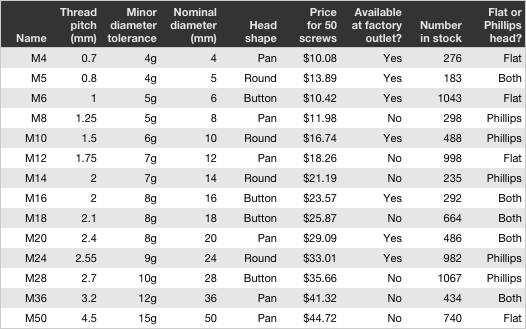


This feels like a pivotal moment. Localization teams are being asked to support more markets, move faster, use AI responsibly, and show impact, not just output. Expectations are higher than ever, but many teams are still trained mainly for execution. We are strong at delivering localization work, yet we often struggle to move from output to outcome and to clearly explain the impact of what we do.